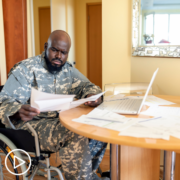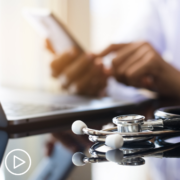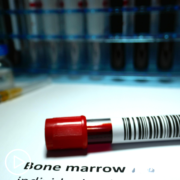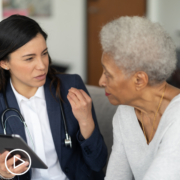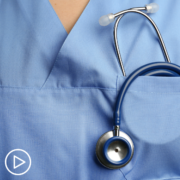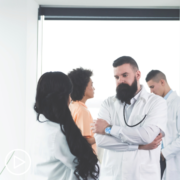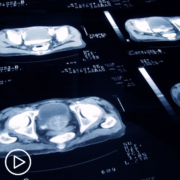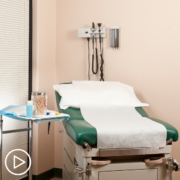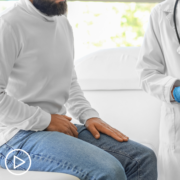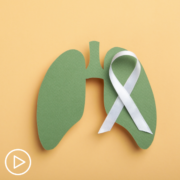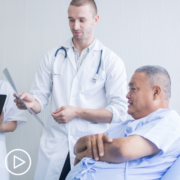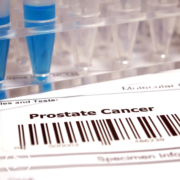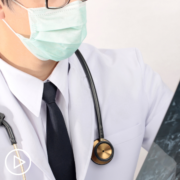Breaking Barriers: Enhancing Veteran Support in Lung Cancer Care
Breaking Barriers: Enhancing Veteran Support in Lung Cancer Care from Patient Empowerment Network on Vimeo.
Are there VA services to help veterans with the financial and mental stress of lung cancer? Expert Dr. Michael Kelley from Duke University School of Medicine discusses transportation and financial barriers to care, Community Outpatient Based Clinics, and support services for mental stress and anxiety.
[ACT]IVATION TIP
“…if you have a concern or a barrier, please talk to your care team. There are many resources that VA has that will try to address any challenge that you’re facing.”
Download Resource Guide | Descargar guía de recursos
See More from [ACT]IVATED NSCLC Veterans
Related Resources:
Transcript:
Lisa Hatfield:
Given that transportation and financial coverage for travel are major barriers to lung cancer care for veterans, what strategies or interventions do you believe could be implemented to alleviate these challenges and reduce associated anxiety and stress for veterans? And maybe a better way to ask that question is, are there any resources within the VA system to help veterans deal not only with the financial impact, but also with the emotional impact of a lung cancer diagnosis?
Dr. Michael Kelley:
Yes, so there are certainly some resources. So some veterans are eligible for travel pay based on their distance and some other factors that I’m not an expert in, so I won’t try to enunciate those. But there can be other resources. Sometimes the American Cancer Society will have travel funds. There is a volunteer service at most VA hospitals, and sometimes they have funds. The way to access all those different options is generally through a patient navigator that might be a social worker at a particular VA hospital. Talk to your provider or the provider’s team about any barriers that you’re experiencing around transportation or other barriers, but transportation, and they can redirect you to the appropriate person on the team who would be able to discuss that with the veteran.
There is another approach that VA is taking for transportation is that the…that question implies that the veteran has to travel to the care and what VA is doing is bringing the care to the veteran. So right now we deliver most of our cancer care at medical centers and we are in the process of pushing that care into our clinics called CBOCs, Community Outpatient Based Clinics. So these services will make it much easier for more veterans to access closer to where they live which would reduce that transportation barrier.
So that’s one thing. And then you also asked about other types of barriers like anxiety or stress. Many of our practices now have embedded mental health. So that’s one resource which may be available for you. So again, talk to your provider team if you have stress or anxiety and you’d like to talk to someone about that. It should not be a stigma to have a discussion with someone about any of the thoughts that you’re having or reactions to the diagnosis. There are big decisions that have to be made.
It’s understandable that you might want to talk to someone, and so we do provide that service and these are professional mental health people, but there’s also a palliative care team at every medical center. The palliative care team is really good about going through and spending a lot of time talking with you about decisions that you would want to make in the situation about care decisions about how you might want to weigh those decisions. That can also be a resource for veterans. So my activation tip in this area is, if you have a concern or a barrier, please talk to your care team. There are many resources that VA has that will try to address any challenge that you’re facing.
Share Your Feedback
Create your own user feedback survey

